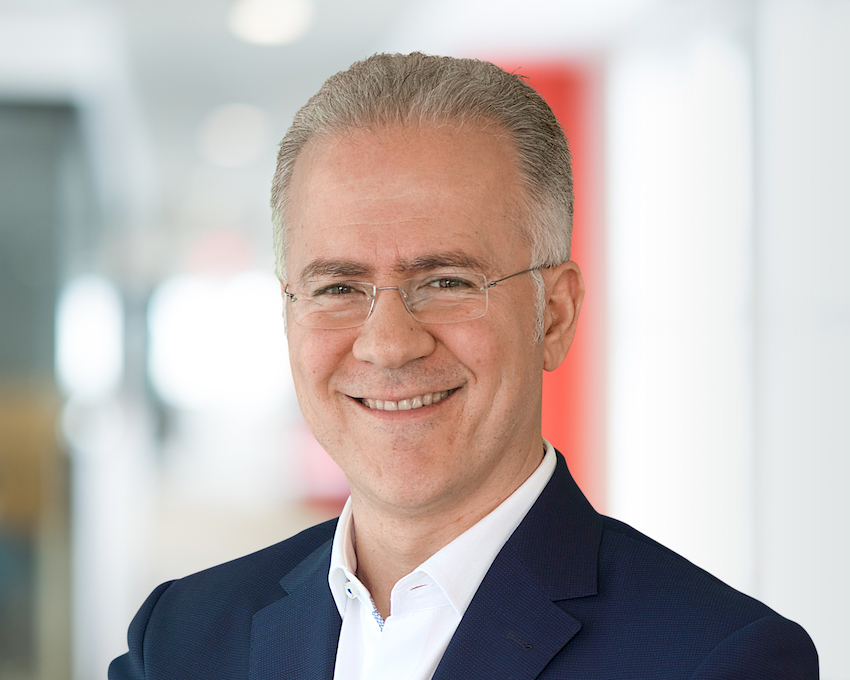MUMBAI: The Governor of the Reserve Bank of India, Urjit Patel, resigned suddenly on Monday, following months of pressure from Prime Minister Narendra Modi’s government that is threatening the independence of the central bank, sending the rupee tumbling.
Government officials have been complaining in the past few months that the central bank should allow lenders to make loans more easily, and want the RBI to hand over some of its surplus reserves to help fund the fiscal deficit.
Modi’s ruling Hindu nationalist Bharatiya Janata Party (BJP), which must contest a general election by May, faces anger in rural India because of slumping farm incomes, and broader concerns about a lack of jobs growth in small businesses because they find it difficult to get banks to lend them money.
Getting control of the reserves would give the government more flexibility in spending on welfare policies and farm support schemes.
The departure of Patel, who cited “personal reasons” for his decision to resign immediately, comes at a particularly sensitive time for the government and financial markets.
On Tuesday, votes in key state elections are due to be counted, with exit polls suggesting the BJP could suffer some major defeats at the hands of the opposition Congress party.
Patel’s resignation was expected to roil financial markets on Tuesday.
Investors will want to know who is Patel’s replacement and how that will affect the direction of financial and monetary policy, analysts said. There was no clear frontrunner, but one of the names being speculated was former Finance Secretary Hasmukh Adhia who retired at the end of November.
“Markets certainly will be concerned unless there is further clarification that comes through tonight,” said R. Sivakumar, head of fixed income at Axis Mutual Fund. “I think tomorrow and over the next few days we can expect heightened volatility in the markets.”
The rupee was closed for trading when Patel announced his resignation, but forward contracts tracking the performance of the currency against the dollar outside of market hours posted their biggest fall in more than 5 years.
That added to earlier losses caused largely by concerns — triggered by the state exit polls — that next year’s election might end with a defeat for the pro-business Modi and a weak coalition government, leading to policy uncertainty.
BUILDING FOR MONTHS
Before the announcement, the 10-year benchmark Indian government bond yield rose the most since September, and stocks posted their worst close in four weeks with the broad NSE index losing 1.9 percent.
The pressure on Patel had been building for some months. The government has made it clear that it is not happy with the RBI’s policies and has backed that up by stacking the RBI board with representatives who support the government’s position. The board has also been taking a much more active role in challenging RBI policies than in the past.
Former RBI Governor Raghuram Rajan, who did not take an extension after his term ended in September 2016, said Indians should be concerned about what was happening.
“We should go into the details on why there was an impasse which forced him to take this ultimate decision,” Rajan told the ET NOW television channel. “I think this is something all Indians should be concerned about because strength of our institution is really important both for growth and sustainable growth in equity and the economy.”
Within the RBI there was a combination of anxiety and relief at the announcement.
“It was very shocking. We got to know about it only from the press release. Morale of employees is very down,” said one RBI official, who has been with the central bank for more than a decade. “This is very sad moment. Usually many people leave for home around 6 o’clock. Today many are still in office and discussing this with other colleagues. Everybody is stunned.”
But another official said that Patel, who only interacted with a few of his staff and was often inaccessible to key financial market players, had stifled discussion within the RBI and that now it might be possible to open up more. “Finally things will come to peace. I can talk more openly,” this official said.
The officials asked not to be named because of the sensitivity of the matter.
ARGENTINE WARNING
The rift between the government and the central bank became very public on Oct. 26, when RBI Deputy Governor Viral Acharya warned in a speech that undermining a central bank’s autonomy could be “catastrophic.” He even cited a meltdown in Argentine financial markets in 2010 after a struggle between the nation’s government and the central bank over who controlled the bank’s reserves.
Patel, who was previously a deputy governor and has an academic background, announced his departure in a terse 88-word statement on the RBI’s website in which he said that “on account of personal reasons, I have decided to step down from my current position effective immediately.”
He said it had been his “privilege and honor” to serve the RBI over the years, and cited the Bank’s “considerable accomplishments in recent years,” without being specific.
Last week, Patel declined to answer reporters’ questions about the rift with the government at a news conference.
Former government officials and analysts who follow the central bank said they were convinced the rift was a major factor in Patel’s decision to resign.
“The resignation is a clear sign of the government trying to interfere with the working of the RBI,” said Yashwant Sinha, a former BJP finance minister, told CNBC-TV18.
Modi issued a statement that suggested he did not want Patel to leave.
On Twitter, the Indian leader praised Patel as a “thorough professional with impeccable integrity.”
“He steered the banking system from chaos to order and ensured discipline. Under his leadership, the RBI brought financial stability,” Modi tweeted. “He leaves behind a great legacy. We will miss him immensely.”
There was speculation a month ago that Patel might quit over the government pressure, and that he might give health reasons as a reason to step down, but the rumors eased after the government and central bank reached an uneasy truce ahead of a RBI board meeting last month.
Patel resigned before the next RBI board meeting on Friday.
“The timing just before this week’s board meeting suggests that there’s still a huge gap between the government and RBI positions on key issues,” said A. Prasanna, head of research at ICICI Securities Primary Dealership in Mumbai. “Markets will now hope that the government has a plan of action ready so as to restore calm.”























